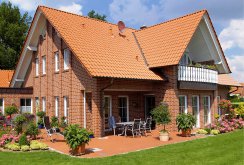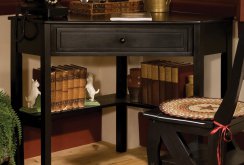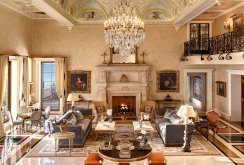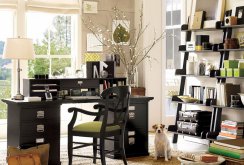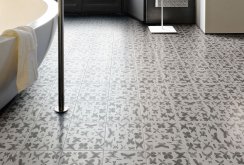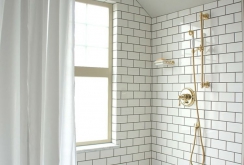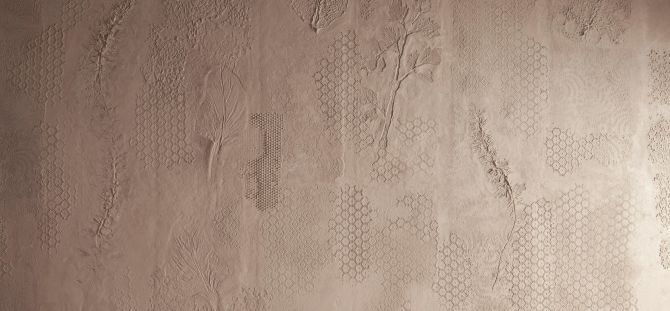 Decorative plaster of ordinary putty: methods of implementation and advantages
Decorative plaster of ordinary putty: methods of implementation and advantages
Decorative plaster is a great way to decorate a room. For work, you can use special materials, as well as ordinary putty.
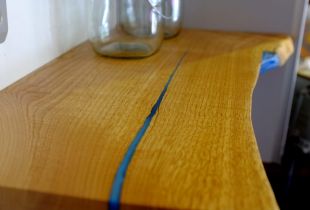 Hard putty on wood: surface finish
Hard putty on wood: surface finish
For the restoration of wooden products, wood putty is most often used. The special composition allows you to easily and without cost restore damaged wood.
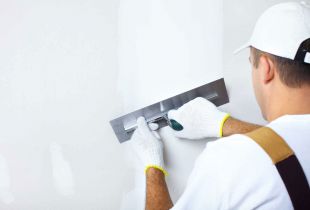 Finishing putty: varieties, characteristics, application principle
Finishing putty: varieties, characteristics, application principle
The finishing putty layer improves the insulation of the room from extraneous sounds, eliminates the defects and roughnesses of the starting putty layer, and improves adhesion between the surface and the facing material.
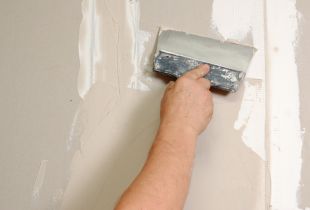 Plasterboard putty: secrets of professionals
Plasterboard putty: secrets of professionals
Drywall is one of the currently demanded materials, thanks to which it is possible to quickly build various constructions with your own hands, but to mount a construction is only half the battle, you need to correctly finish ...
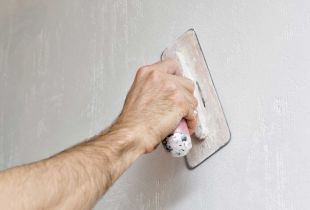 What is better to choose for finishing work: plaster or hard putty and what type?
What is better to choose for finishing work: plaster or hard putty and what type?
Cement putty can be successfully used for closing cracks and for smoothing surface drops. It can be used both inside dry rooms and for decorating facades.
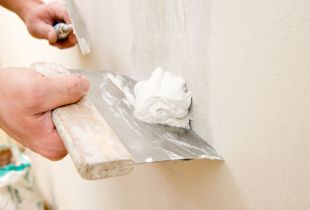 Facade putty: the difficulties of working with the composition
Facade putty: the difficulties of working with the composition
Facade putty is characterized by increased resistance and resistance to natural influences. A wide range of colors allows you to choose the option for every taste.
 Latex putty: advantages and applications
Latex putty: advantages and applications
Latex putty is characterized by high elasticity, strength, resistance to temperature extremes. The composition is easy to apply, gives a minimum of shrinkage, can be applied in a very thin layer. A wide range of latex putties allows you to choose the material for ...
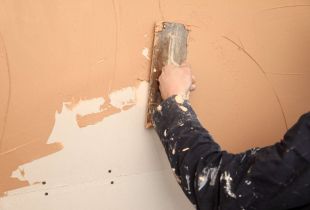 All about acrylic putty
All about acrylic putty
Acrylic putty is a modern finishing material that allows you to perform many construction tasks. The key to success: the right kind of finish, in composition, texture and performance.
 How to choose wallpaper glue?
How to choose wallpaper glue?
A wide variety of types of wallpaper adhesives is associated with the need to ensure high quality gluing of coatings on the walls and ceiling for a variety of types of wallpaper, including paper, and ...
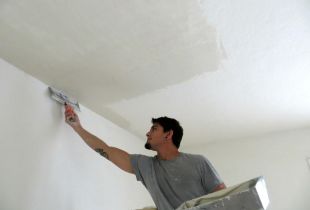 Leveling the ceiling: basic methods
Leveling the ceiling: basic methods
A beautiful ceiling is an indicator of quality repairs. And if defects in the floor or walls can be hidden, then the ceiling should be flat and neat.
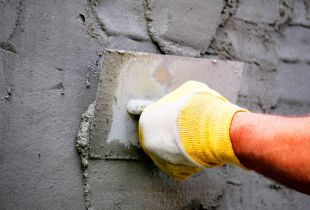 Stucco walls on lighthouses: benefits and milestones
Stucco walls on lighthouses: benefits and milestones
Many builders believe that the best way to level the walls is to plaster the walls on the lighthouses. The finish applied in this way is not only distinguished by its smoothness, but also by its high wear resistance and ...

 Hard putty on wood: surface finish
Hard putty on wood: surface finish Finishing putty: varieties, characteristics, application principle
Finishing putty: varieties, characteristics, application principle Plasterboard putty: secrets of professionals
Plasterboard putty: secrets of professionals What is better to choose for finishing work: plaster or hard putty and what type?
What is better to choose for finishing work: plaster or hard putty and what type? Facade putty: the difficulties of working with the composition
Facade putty: the difficulties of working with the composition Latex putty: advantages and applications
Latex putty: advantages and applications All about acrylic putty
All about acrylic putty How to choose wallpaper glue?
How to choose wallpaper glue? Leveling the ceiling: basic methods
Leveling the ceiling: basic methods Stucco walls on lighthouses: benefits and milestones
Stucco walls on lighthouses: benefits and milestones